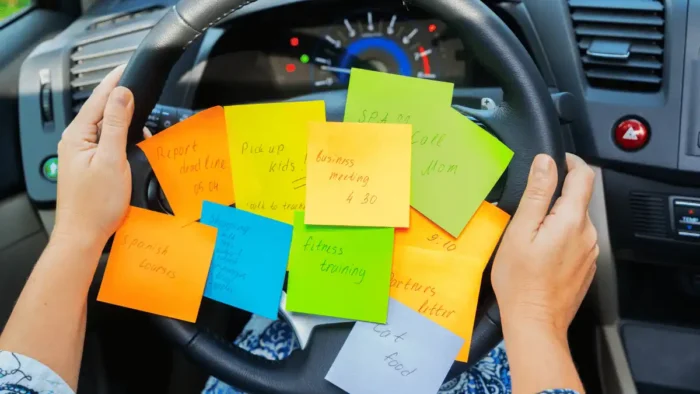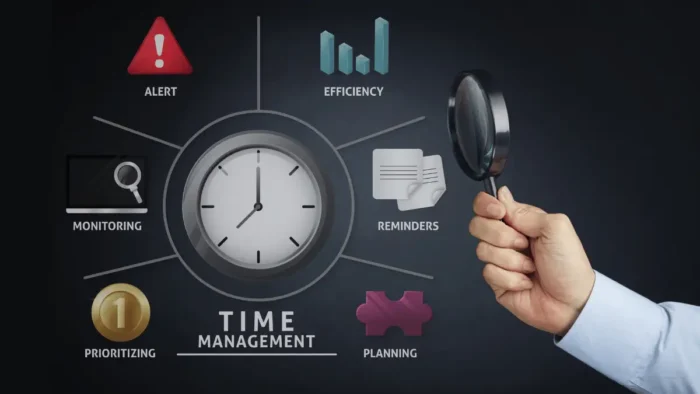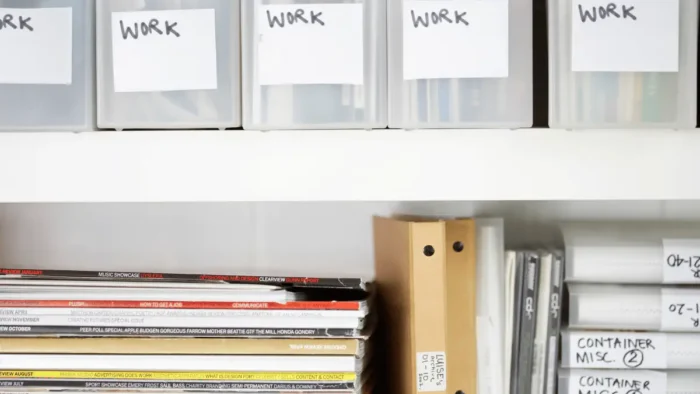I like to be more productive, efficient, and effective and do more things in a shorter period. This challenge is not simple to overcome. One of the biggest entrepreneurial challenges is to do more things in a shorter period of time. To be more productive. To be more efficient. This means having the right time management practices in place, and one of the tools used for this purpose is the to-do list.
As an entrepreneur, you must do too many things connected with your business. One of the better ways to have an organized day that will make you more productive is by managing tasks.
From understanding the different types of to-do lists to adopting best practices and using the right tools, we’ll explore every aspect. By the end, you’ll be armed with the knowledge to transform your approach to to-do lists, making you the master of your time and tasks.
Benefits of Using To-Do Lists
Why do to-do lists matter? They’re more than just a reminder of what to do; they’re a powerful organizational tool that can significantly drive productivity.
Organizing Tasks Effectively
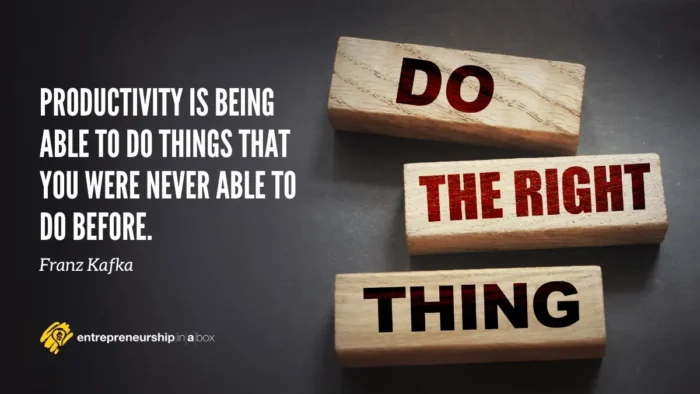
The act of listing helps to clear our brains, putting all the clutter on paper (or to-do list apps) so we can see their due dates clearly. The visual representation of tasks offers a sense of control over the day’s demands.
Setting Priorities
A to-do list allows you to identify and focus on the most important tasks rather than what seems most urgent. Marking your tasks as high, medium, and low priority gives you a planned workflow that reduces stress and ensures the most critical items are not overlooked.
Tracking Progress
There is a natural satisfaction in checking off completed tasks on a list. It’s more than a psychological boost; it’s visual feedback that you’re moving forward, which can increase motivation and show the impact of your hard work.
Types of To-Do Lists
To-do lists aren’t a one-size-fits-all solution. They must be tailored to the individual and the demands of the daily routine.
Some entrepreneurs use simple pen and paper to manage their daily tasks. This is an old-school technique but yet very useful for old-school entrepreneurs.
Simply, they make a list of daily activities and mark them as finished when they are finished. Each day, there is a new page with new tasks; sometimes, unfinished tasks are transferred to another day. It is a simple but productive way to organize yourself.
But today, there is also a better way to manage daily tasks using digital-based task lists. There are many task management apps on the market. Some of them are apps, and some can be an online to-do list where you don’t need a specific app but a browser to log in and manage your tasks.
This type requires using some of the available to-do list apps like Google Tasks, Apple’s Reminder app, or other apps on specific app stores you are using for this purpose.
For example, you can manage to-dos across all devices using Google Tasks. You can quickly capture tasks, add details, create sub-tasks, sync your Google Tasks with Google Workspace products like Gmail and Google Calendar on all your devices, and stay organized with due dates and notifications.
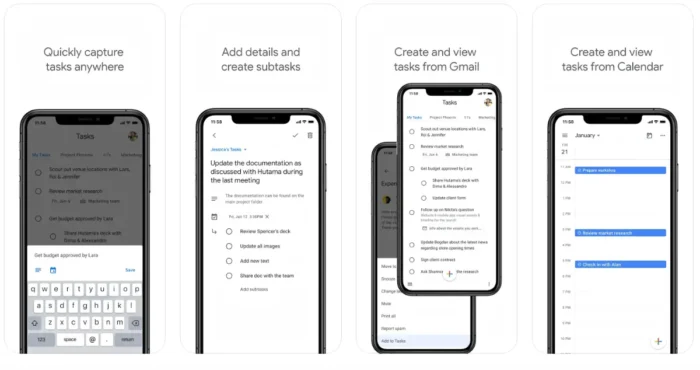
What you have or what you use is not important. Becoming more productive, efficient, and effective in finishing your daily activities is important.
I personally use a to-do list app called OmniFocus. This tool allows me to organize my daily activities through projects and different contexts.
I have seen many entrepreneurs prefer to use Google Calendar as a tool for task management purposes. The tool is integrated with your Google Account and can be integrated with your smartphone to send you notifications about your daily activities.
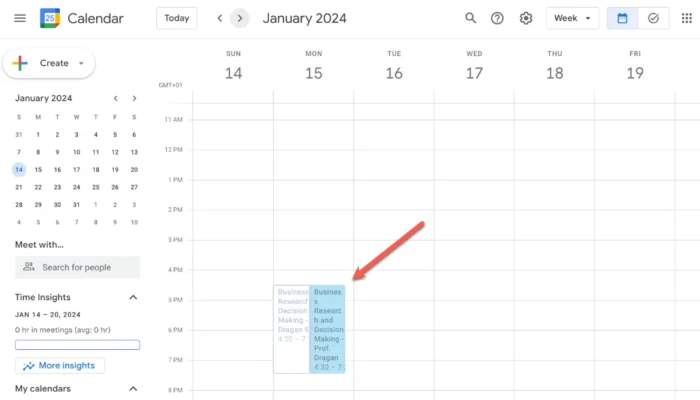
What to Do Before You Start Working on Your To-Do List
Because a to-do list is important for your productivity, you must prepare to use it properly.
What do you need to do before you start creating your to-do lists?
1. Decide About Important Things
Not all things have the same importance for you. Some things are more important than others. Because of that, you want to have a clear vision of the importance and what that means for you and your work. What do you want to achieve?
You can use the time management matrix I already discussed in Prioritization With Time Management Matrix.
2. The Context of Your Tasks
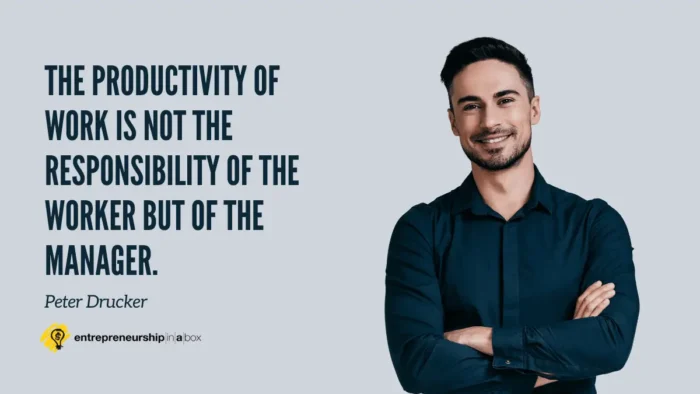
Priorities can’t work without the context of your tasks. What can you do where you are at a particular time? If you’re outside of your office, you can’t do things that must be done at your office.
You can’t do things without the tools needed to do such things. Can you make a hole without the drill? Probably, you can’t.
Because of that, before you decide on the final list of tasks, you need to ensure that you have everything you need to do such a task for each task.
Follow these techniques to beat procrastination and win on your entrepreneurial journey.
Use priorities to abandon unimportant stuff and put the context that will make you better organized to start doing stuff from your to-do list.
3. Ensure You Have Enough Time to do Things You Have on Your To-Do List
The tasks inside your to-do list app must follow your reality. The first thing in your reality is your time on an appropriate day to work on tasks on your list.
I know that you have multiple projects inside your mind, but the question is how much time you have to implement them. Because of that, before you start creating a to-do list for today, you want to think about the time you can dedicate to work on those tasks. Then, you can rearrange your to-do list to be something that can be done in that time frame.
If you want to become a more productive entrepreneur in this messy environment, start using this guide.
How Many Times You Will Need to Check Your To-Do List Daily
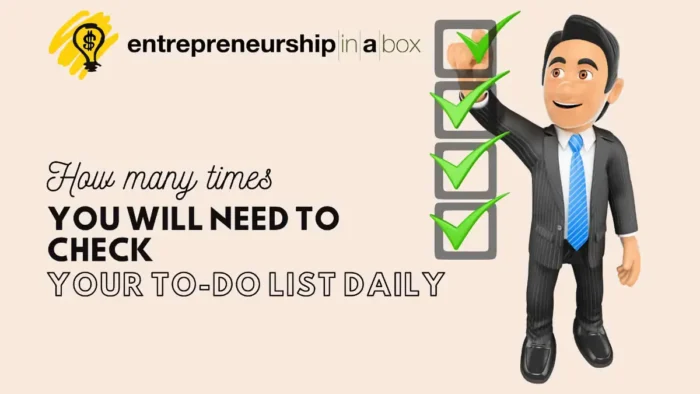
I have seen many entrepreneurs who check their to-do list uncontrolled times on their average day and in one hour of their time. That’s not good for them?
Before some time, I met with an entrepreneur to discuss possible improvements in his business processes. But, at the time of the meeting, which was about an hour, I saw how he looked at his smartphone three times. After the third time, I asked him what he was doing. Is the time his problem? If it is, we can finish our meeting and continue with the normally scheduled tasks for today. The answer was shocking to me. He is checking his to-do list app on a smartphone.
Why three times when we are in a meeting and talk about business processes and improvements? Simply, the answer is the bad habit. The part of his to-do list was also the meeting that we had. Simply put, there is no need to check what you need to do next if you have already scheduled and worked on some of the tasks from the list. When I think much more in-depth about the causes, they can be classified as:
- There are too many tasks scheduled for today.
- Fear that something will be missed.
- Thinking more about what will be next instead of focusing on current things.
- There is no separate list between personal tasks and business tasks.
So, the question is, how many times must you check your to-do list in one working day? Here are the answers.
1. When You Create Your To-Do List
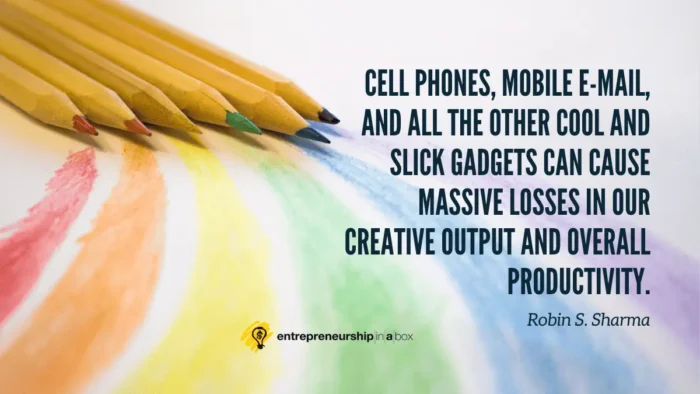
The first time you need to check your to-do list app is when you start the day to create your list as a part of the planning process.
Always start your day with a strong planning process because, in the end, your whole day and productivity will depend on this planning process.
If you plan the day before you put yourself into the jungle of tasks for the day, you will be much better organized and probably succeed in finishing everything you want to accomplish. First, you will open your to-do list app when you start scheduling your tasks for the upcoming workday as part of your daily planning process.
2. When You Check the Checkbox After Finishing Task
The second time is when you finish your task, check the checkbox and look for what is next you need to do next. You will probably need to check your to-do list app several times when you work on all the tasks listed on this list. This checking can vary according to the number of tasks that you usually have on your to-do lists.
For example, if you have three tasks for today, you will check your list when you finish and start the second task. After this, you will check again when you complete the second task and start the third one. The third time, you will check your to-do list when you check the checkbox after finishing the third and last item from the list.
3. When You Need to Make Corrections
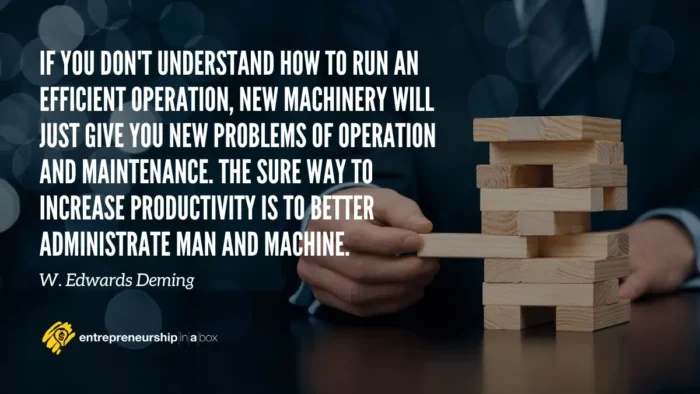
The third time is when you manage tasks and need to make possible corrections. This can sometimes be done after you finish all the tasks from your lists or when you have interruptions in your daily routine and will need to make some changes.
For example, if you finish everything planned for today before the time you have allocated for your work, you can check your to-do list to find some possible tasks that you can do next that are part of your someday list.
Another example can be when you are working on the tasks from the list until the middle of the day, but then you receive a phone call from a customer who wants an urgent meeting. If you can’t delay the meeting, you must create a new task and reorganize the rest of your day.
4. When You Check What You Have Already Done at the End of the Day
At the end of your workday, you will want to check if everything planned for today is already done or if something must be rescheduled for tomorrow. This is important for your productivity because it will give you excellent ground for planning the next day.
In this video from Epipheo, David Allen talks excellently about how to hack through your to-do list and free up your mind to focus on what’s most important work to you.
Best Practices for Effective To-Do Lists

If you have trouble sticking to your daily tasks on your to-do list, then you’re probably missing some key ingredients. If you want to get things done – and finish all of your daily tasks – you have to get organized.
The biggest question is how to finish everything you put on your to-do list. One way we can know that our productivity is better is when we start finishing everything that we put on our to-do list. This is not a simple task, and many entrepreneurs fall into the trap of using a to-do list but never finishing all the things they planned to do.
Here are seven things you can do if you want to finish everything on your to-do list.
1. Make a list of all the things that you have to do
One of the best ways to organize your days is by creating a task list of everything you must do. You should be able to see every task, appointment, or errand on your calendar, including those things you only think about occasionally.
Once you decide on what you want to do, it’s time to plan your action steps. There are a lot of people who put their goals off and never actually take the steps needed to reach them. You must write out every step you need to take to achieve your goal. Don’t worry about how many steps you need. Just write them down.
2. Divide your to-do list into chunks
If your to-do list is long, you will feel overwhelmed and procrastinate. Instead, break down your to-do list into manageable chunks. By breaking down your list into smaller pieces, you can focus on one task at a time and finish all of them without getting overwhelmed. Then you’ll have a much shorter list of tasks for the next week and so on.
Chunking is the act of breaking down a big task into smaller, more manageable pieces. The larger a task is, the harder it is to accomplish.
How can you get this done? Answer the question, “What is the first step I can take toward getting what I want?”
3. Keep Your To-Do List Small
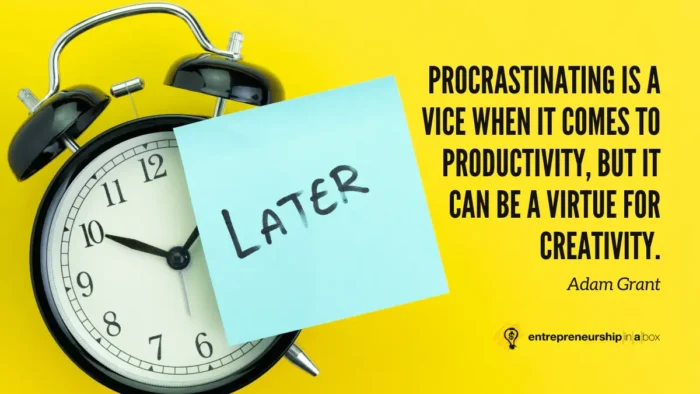
You are a human being with limited working hours each day. You cannot always finish everything that you want to finish.
I remember making big mistakes with my to-do list because I used it to put in as many tasks as possible each day. But tomorrow, I have a much bigger list when I don’t finish everything for today’s list. After several days, I have a list I don’t want to look at. A large part of the tasks simply become forgotten and never finished.
Now, I am using a small list with 5-8 tasks on it. That’s my capacity, allowing me to finish everything on the list.
Related: 10 Times You Need to Say No to Increase Productivity
4. Keep Your List Clean and Concise
Sometimes, we want to use our to-do list as a tool for everything. However, it is not a tool for everything. It is simply the tool that will help you to become more organized in your working days.
If you want your list to be clean and concise, you need only the tasks, due dates, the time when you need to finish them, and the priority of all tasks or sub-tasks.
If you use prioritization, put only high-priority things on your list, and delegate everything else, you will have a much smaller, much cleaner, and more concise list that you can always complete.
5. Don’t Use Automation
There are too many tools for managing tasks that have many possibilities to automate something. But, my personal experience with automation is not very good. Why? Because I found myself as a person who didn’t care enough for automated tasks.
You will always have different daily, weekly, or monthly recurring tasks. When it comes to to-do lists, the logical step for you is to automate these tasks, meaning they will be automatically added to your list.
But you are an entrepreneur. Suppose those tasks are obvious or expected; why do you need to work on them? Think about the possibilities of delegating them. If you can predict when you need to work on them, and the work is a simple repetition from the previous cycle, you can delegate them to one of your team members.
6. Personal Commitment to Finish Everything on Your List

Personal commitment to finish everything on your task list is the most significant part of getting things done. You feel frustrated and resentful when you don’t finish anything on your to-do list.
If you are committed to something you must finish, you will be more likely to finish it. Otherwise, without a commitment very quickly, your brain would leave these important things that need to be done, and in the end, you can realize that you cannot finish them until their due dates.
Because of that, the first thing in your efforts to complete everything on your to-do list is to look at all of the tasks on the list and ask yourself: Are you committed enough to each of them?
7. Prioritize Tasks on Your To-Do List
With the number of things you need to accomplish growing daily, it’s hard to keep track of all the items you need to do. Conversely, something will always be more important than other activities on your to-do list. So, before you can even begin to focus on your to-do list, you need to prioritize your tasks.
Don’t let your to-do list run away with itself. Use your time management skills to prioritize tasks on your to-do list. Your job as an entrepreneur is to focus your attention on the most important tasks for you and your business.
Related: 9 Self-Management Skills and How to Improve Them
Consider what will impact your bottom line and how long it will take to complete, and then start working on those items to help you achieve your goals.
There’s always something more important than other things inside your task lists. Prioritization will provide those important things to be first on the list and always start with them. Finishing them first will increase the percentage of all finished daily tasks.
8. Remove All Possible Distractions When You Work

When your list becomes small, clean, and concise with the high-priority tasks, you need to focus your attention on your work on those tasks. Remember, now you have only high-priority things on your list. Your business will depend on them.
Conversely, you receive too many emails and different notifications from different social media. You receive different phone calls. All of these distractions can potentially prevent you from successfully accomplishing high-priority tasks.
Reorganize your working environment to remove all the possible distractions when you work on your task lists.
The key to a successful to-do list is how you structure and tackle it.
9. Analyze Your Time
Tracking your time is crucial in determining how much work you’re actually doing. Many entrepreneurs have no idea how much time they spend on actual work.
You can always have 24 hours, including sleeping, leisure, time with family, watching TV, etc. But when you know how much time you have to work on your daily tasks, you can divide those tasks according to the appropriate time in which you will be able to accomplish them.
For example, if you know you have only 6 hours for your to-do list, you will design your to-do list with the tasks that will need only 6 hours to complete.
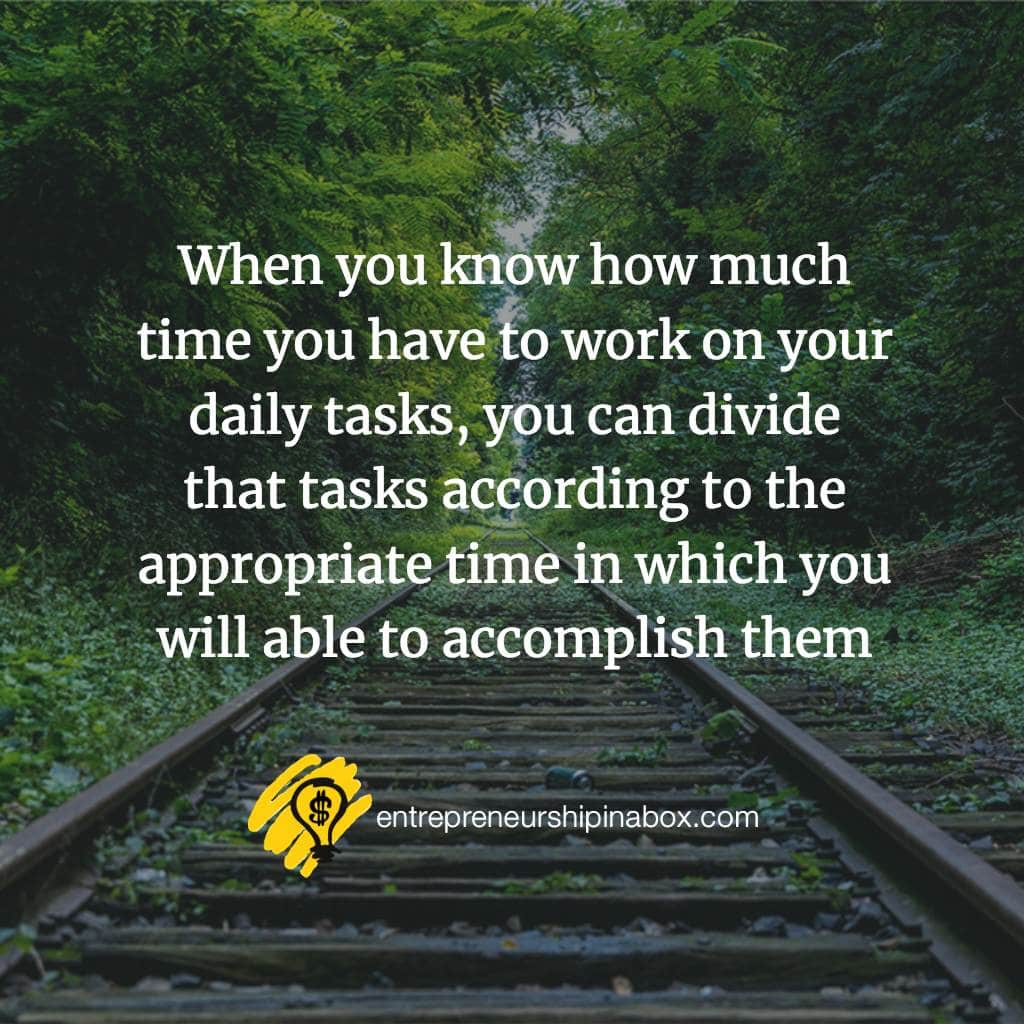
An online time management tool like RescueTime can help you see how you spend your time and how productive you are.
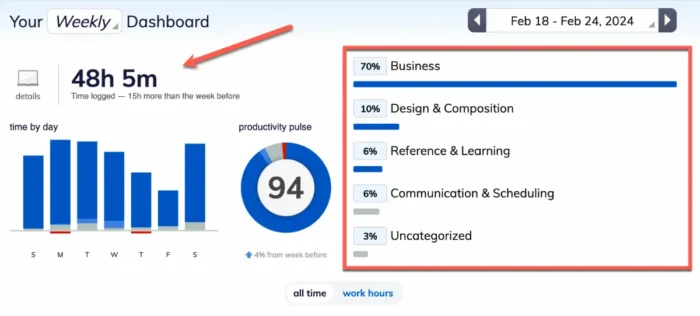
10. Increase Your Time by Delegation
One option for ensuring the accomplishment of everything on your to-do list is to increase the time you spend on those tasks. This means reducing your time for sleeping, leisure, family, watching TV, etc.
However, you can also increase your time through an appropriate delegation process. In such a way, you can focus on the bigger picture and get the tasks on your plate done.
11. Optimize Your To-Do List
One of the biggest problems that I found with the to-do list apps is that many people, including me, become note-takers instead of doers. As human beings, we tend to put everything on our lists as something that we need to do without thinking about our native capacity to do things.
Optimizing your list is another way to accomplish everything you have on your to-do list.
What does it mean to optimize your to-do list?
Optimization is the process in which you will optimize tasks on your to-do list regarding your own capabilities to accomplish them. You may want to complete 100 tasks in one day, but your time and your own capacity allow you to work on only 15 of them.
You can take care of the tasks you can complete quickly and put the rest on your next to-do list. This method will enable you to accomplish everything on your to-do list without stressing yourself out.
You can optimize your list so that it’s easy to complete. This means that the tasks need to be written so that you understand what needs to happen.
12. Prioritization Review
As you use your to-do list, self-education is activated for you. On the other hand, the priorities are not always the same. They are a variable category. So, from time to time, review the prioritization that you use.
Tips for Integration into Daily Routine
Creating a great to-do list is one thing; integrating it into your daily life is quite another. Here are some tips to help you successfully integrate your to-do list into your daily routine:
- Ensure you have a morning ritual to refine your list. This acts as a compass for your day’s focus and priorities.
- Set aside time each day to review and update your to-do list. This will help you stay organized and on top of tasks that need to be done.
- Use a planner or calendar to schedule specific times for each task on your list. This will help ensure that you have enough time to complete each task without feeling overwhelmed.
- Take breaks throughout the day to avoid burnout and maintain productivity. This can also help prevent procrastination and motivate you to work on your tasks.
- Regularly review and update your list to ensure that it remains relevant and reflects your current priorities. This will help keep you on track towards achieving your goals.
- End-of-day reflections allow you to analyze your productivity, learn from any missed tasks, and plan how tomorrow’s list will reflect on today’s accomplishments.
Conclusion
Utilizing the power of an effective to-do list can revolutionize your time management and personal productivity. By understanding the nuances of list-making, avoiding the common pitfalls, and integrating it into your daily routine, you can master your tasks and, ultimately, your time.
Remember, your to-do list is a living document. It should breathe with your day and evolve with your tasks. Be patient in perfecting the best system for you, and enjoy the sweet taste of a well-executed, fully checked-off list every day.

